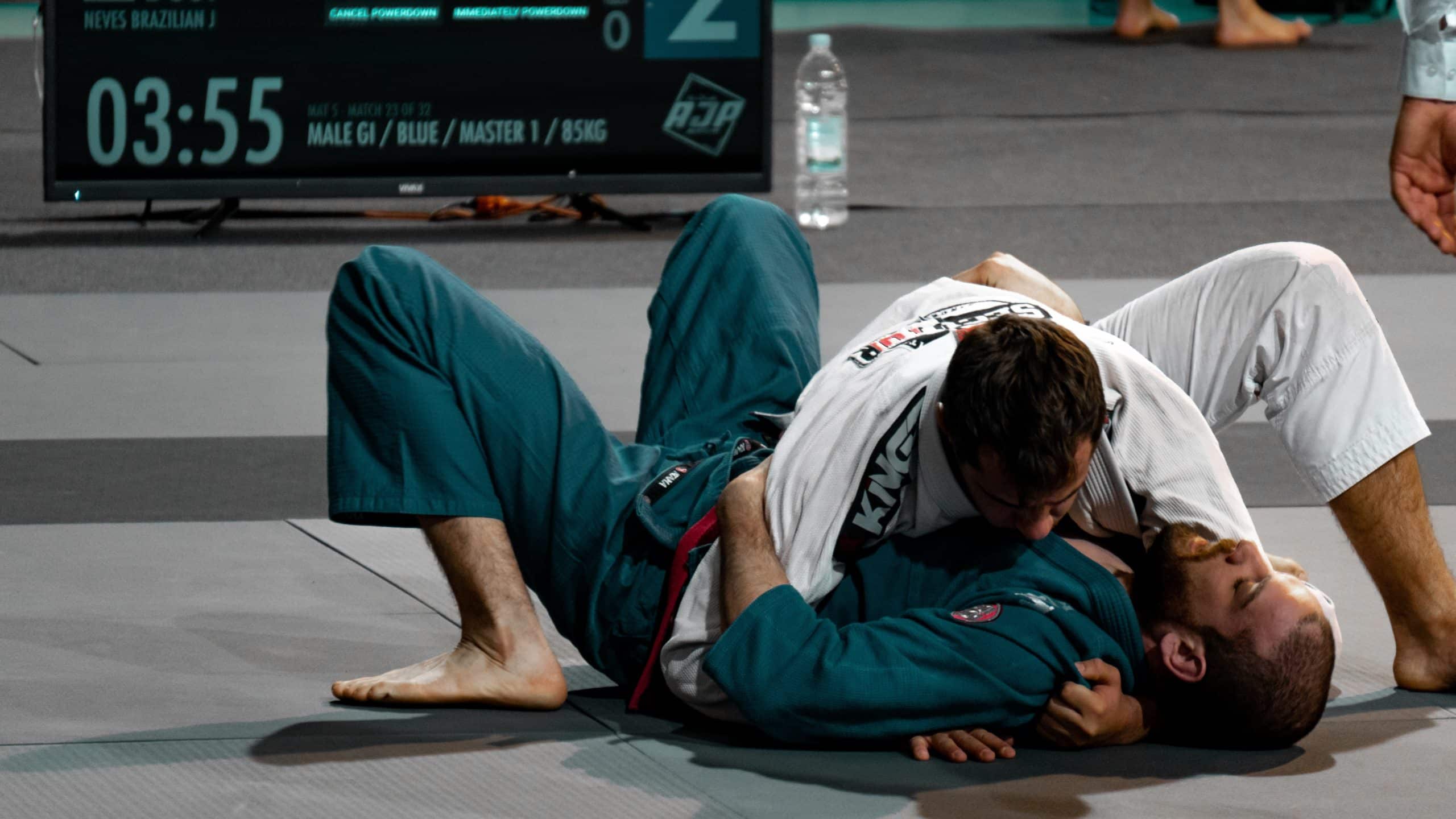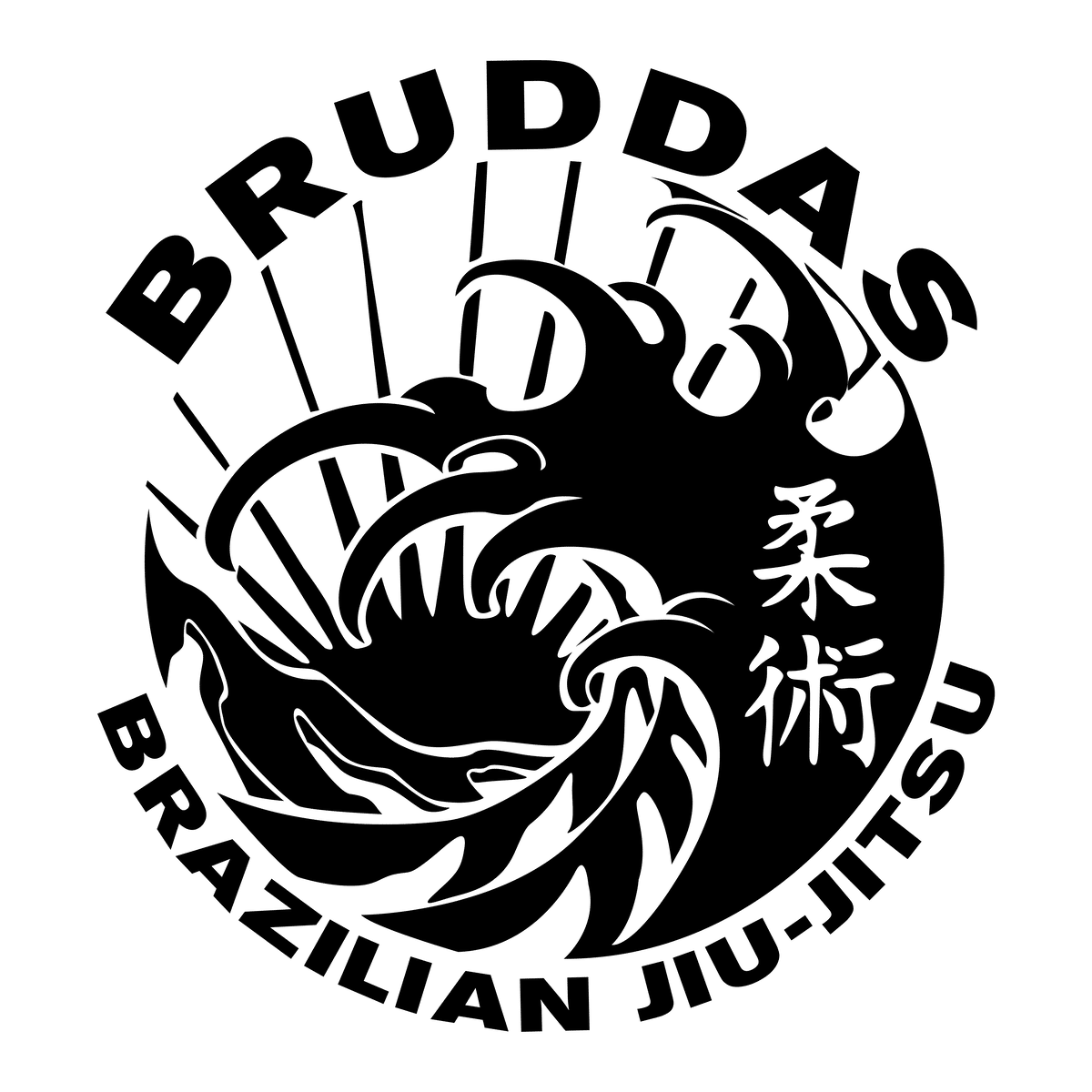

5 of The Hardest Jiu Jitsu Moves To Master
Brazilian jiu jitsu is one of the most challenging martial arts. As a beginner, you’ll definitely struggle. Brazilian jiu jitsu moves require a large amount of dexterity, mobility, and raw strength or power. You also need a lot of quick-thinking and strategizing, in order to set up the moves and use them at the right time, with the right approach.
Even as you gain experience and go up the ranks, BJJ will continue to challenge and push you to your limits. Learning advanced techniques can make you feel like a beginner again.
Mastering these advanced moves will take time — perhaps even years. Ask any experienced jiu jitsu enthusiast or even your coach, and they will likely have at least one jiu jitsu move they are still trying to perfect to this day.
Below are five of the hardest jiu jitsu moves you can look forward to learning and adding to your repertoire:
Gogoplata
The gogoplata is one of the hardest submission moves — not only to master but also to set up. As a result, it’s one of the rarest jiu jitsu moves used in competitions, even high-level ones.
Overcoming the high difficulties of mastering this move comes with a high reward, though. The gogoplata is one of the most airtight chokes in BJJ. When you master and do it properly, there is very little to no chance of your opponent getting out of the submission hold.
How to Perform the Gogoplata
The gogoplata is a pain choke that utilizes the shin bone to choke the front of your opponent’s throat. Instead of constricting their carotid artery, you put pressure on their trachea or windpipe.
This jiu jitsu move is typically attempted from the rubber guard position, though some people have also done it from the mount position.
From the guard position, you first have to break your opponent’s posture and trap their arm in an overhook. Once that’s done, you can move to an open guard position.
To perform the gogoplata, you need to pull your leg up and place your shin across your opponent’s throat. Following that, you secure your hands at the back of your opponent’s head and pull it down to apply more pressure on their windpipe.
What Makes the Gogoplata Hard
Basically, the gogoplata heavily relies on the individual’s physical attributes. You need to be both flexible and powerful enough to pull off the move from set up to finish.
The typical starting position of the gogoplata, the rubber guard, is one of the primary contributors to its difficulty. You need extensive leg flexibility to properly establish the rubber guard and the gogoplata itself. Additionally, this move requires flexible hips, knees, and ankles.
Pace Choke
The pace choke, also known as pillory choke, is a cross between the blood choke and the triangle choke. It got its name from Nick Pace, the mixed martial artist who popularized the move. Nick Pace famously used this in The Ultimate Fighter as his finishing technique against Will Campuzano.
How to Perform the Pace Choke
To set up the move, you need to get your opponent into the half guard position on their left leg if you are attacking using your right leg, and vice-versa. After that, you need to break their posture and grab their neck.
Pull their neck downwards then swing your leg up and over his neck, making sure to get your kneecap on their nape to keep them still and ensure their posture remains broken. Using the same side principle, pass your arm under their neck to grab your ankle. You can plant your opposite arm on the floor for leverage to sit up and do this more smoothly.
This will put your forearm under the center of their throat. To apply more pressure, gable grip the arm under your leg and pull towards you.
What Makes the Pace Choke Hard
Similar to the gogoplata, this daunting move requires you to have incredible flexibility in your legs, hips, knees, and ankles. In addition, you’ll also need to have flexible arms and considerable strength to squeeze your limbs in a tight triangle and keep them immobile.
Omoplata
The omoplata is also referred to as ashi sankaku garami, or the leg triangle entanglement in judo. The move is similar to the Kimura. However, instead of using your hands for a figure-four grip, you use your legs to lock your opponent in place.
Compared to the first two jiu jitsu moves in our list, the omoplata is more versatile. It can be set up and performed in various ways.
How to Perform the Omoplata
The most common way to apply this move is from the guard. You need to place your leg under your foe’s armpit then turn 180 degrees. This leads to your leg moving over the other person’s back and around their arm, putting them in a great submission hold and allowing you to set up other moves.
You can do this by first creating more space between you and your opponent. Grip one of their wrists while simultaneously pushing their head away. Once you’ve opened the guard, lift your leg on the same side of your opponent’s wrist. Place it over their shoulder then sweep over their head. You can grab it with your hands for greater ease, security, and control.
If done correctly, your opponent’s face and shoulder should be touching the mat.
What Makes Omoplata Hard
What makes the omoplata one of the hardest jiu jitsu moves is the number of steps you need to do just to set it up and perform it. Because of this, many BJJ practitioners refrain from even trying to do this move in competitions.
Moreover, the opponent is often in an upright position due to the nature of omoplata’s setup. Since your opponent is not in submission, you first need to break their posture. If your opponent is not wearing a gi, they can resist your moves much more easily.
D’arce Choke
The D’arce, or Darce, choke is a deceptive jiu jitsu move. It looks easy to do when you’re seeing it done before you, but you’ll soon realize how hard it is to do after just one attempt.
Also known as the screw choke and no-gi brabo, this advanced technique is as powerful as it is difficult to pull off. The move got its name from Joe D’arce, an American grappler who popularized it.
The Darce choke is largely similar to the Anaconda choke. It creates an inverted arm triangle to trap the opponent’s throat and apply pressure on the carotid arteries.
How to Perform the D’arce Choke
This choke can be applied from a side mount position, though doing it from a sprawl often offers higher success rates.
To perform this jiu jitsu move, you need to ensure you remain on top of your opponent after taking them down on a sprawl. Loop one of your arms over your opponent’s arm then under their armpit. Pass it under their chin and up the side of their head.
Then, grab onto your other arm to lock the hold. Plant the elbow of your free arm onto the mat for stability and push your whole body forward to increase pressure on your opponent’s neck.
What Makes Darce Choke Hard
This technique favors BJJ practitioners with longer, slimmer, and more flexible arms. Shorter and wider forearms makes it doubly difficult to loop your arm over and under your opponent’s arm and chin.
Additionally, a large part of this move relies on the practitioner having a “feel” for where and when to put pressure and distribute weight to ensure the chokehold works. This means having numerous instances of doing the move correctly, particularly during fights or spars.
North South Choke
The North-South Choke has a reputation for being the hardest “simple” or “easy” choke among all jiu jitsu moves. Rather than relying solely on your strength and power, this move relies on your technical skills.
The North-South Choke is similar to the no-arm guillotine. It is basically an upside down triangle choke that doesn’t rely on or include the opponent’s arm for it to work. This makes it more efficient than other similar holds.
How to Perform the North South Choke
Going from the north-south position, you need to position your arm around your foe’s neck. Do this by folding your arm back and positioning your forearm on his nape. When doing so, you need to make sure you put your biceps against the side of their neck.
Once your hold is secure, sprawl back on the mat. Use your ribs or side of the torso to tighten your hold and turn your opponent’s head away from you. Then, you continue to move your body further back and away from the opponent — essentially pulling on their neck through the choke.
What Makes the North South Choke Hard
The main difficulty in doing this technique lies in setting it up and getting all the moves down. Positioning is very important in doing this move, particularly your arms and your opponent’s head. The move also requires quite a bit of arm depth as you need to go as deep as you can for a secure hold.
Moreover, you need a lot of body awareness, strategic thinking, and full understanding of the technique. Oftentimes, performing the North-South choke will require you to make on-the-go adjustment to pull off the move completely.
The Key to Mastering the Hardest Jiu Jitsu Moves
Learning BJJ will challenge you and push your limits. If you want to master all of the hardest and most advanced jiu jitsu moves, you need to be committed to the sport and your training.
Nothing is impossible if you put in the required effort. Working on your moves repeatedly and consistently will help drill them not only into your mind but also your muscles.
Joining a great gym and finding the right coaches will help you learn faster and better. With the right mentors and the right environment, you can rise through the ranks steadily and achieve your goal.
If you are looking for a place with a supportive community and skilled instructors to help you master the hardest jiu jitsu moves, visit Granite Bay Jiu Jitsu today. Sign up for a free trial week and see what our gym has to offer.
Advertisements
gbjj
RELATED POSTS










